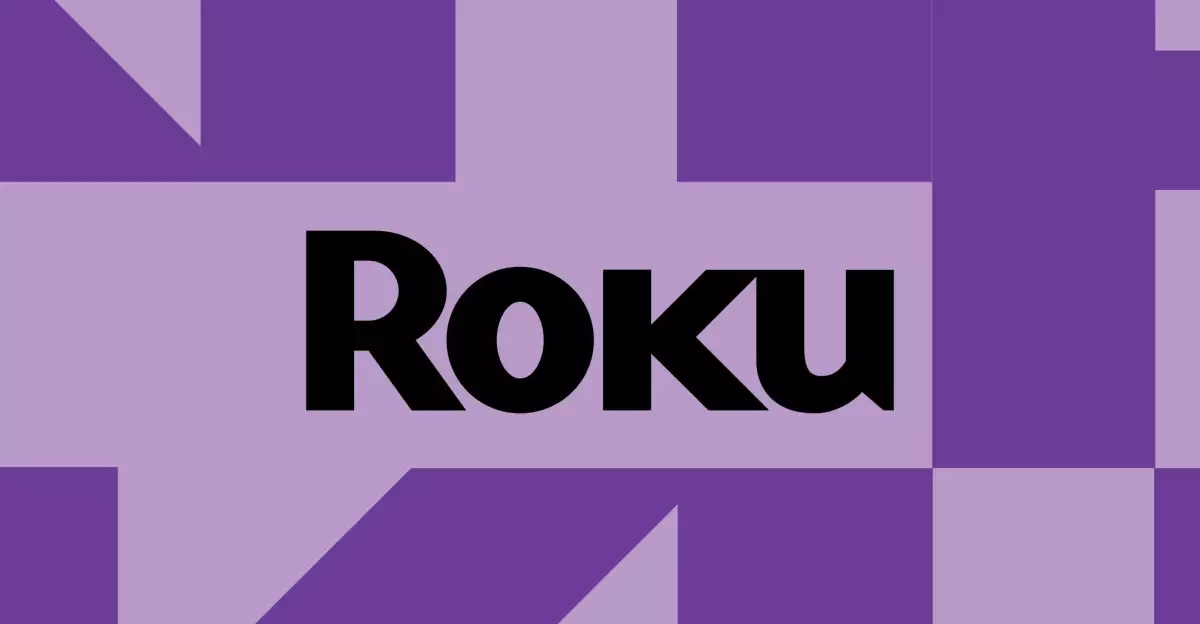In the realm of modern streaming technology, picture quality is paramount. Recently, Roku users have been thrown into a perplexing conundrum—the phenomenon of washed-out colors when trying to stream HDR content. Reports have emerged primarily from users of Disney Plus, who claim that vibrant visuals have morphed into a drab and flat color palette reminiscent of black-and-white footage. While a single software update should not drastically alter the visual experience, the evidence presented by frustrated users suggests a far-reaching problem that spans beyond a singular application.
A robust discussion started on Roku’s issue-tracking board, revealing that complaints are not isolated to Disney Plus alone. Users across various platforms, including Netflix and YouTube TV, have come forward, indicating the issue transcends brand affiliations, as both TCL and Hisense TV owners find themselves in the same boat. This cross-brand commonality raises significant questions regarding the integrity of the Roku software update and its implications for the viewing experience of millions.
A Technical Dive: What Lies Beneath
At the heart of this issue lies a crucial exploration of the underlying technology. HDR, or High Dynamic Range, is designed to deliver an extended range of colors and contrasts—a feature meant to enhance digital viewing. Yet, ironically, in this instance, HDR seems to exacerbate visual shortcomings rather than improve them. Comments from users reveal an unsettling trend: televisions that previously displayed stunning imagery are now stifled as the software misapplies HDR processing.
Roku’s community moderator, encouraging users to share specific details about their experiences, highlights the company’s acknowledgment of this ongoing issue. However, this only raises further concerns regarding the resolution timeline. The fact that many users report significant discrepancies in color profiles suggests a systemic software error rather than an isolated incident. It presents a stark contrast to the promise of seamless viewing experiences that Roku has built its reputation on.
The User Experience: Community Fallout
The ripple effect of these color issues has created a stir within the Roku community. Users have taken to forums not only to share their grievances but also to seek solidarity amid the confusion. Emotional responses are evident, as many report a loss of enjoyment in streaming their favorite films and series due to compromised visual fidelity. The frustration is palpable; when you invest in a premium streaming service, the expected return is an unparalleled viewing experience that showcases the richness of cinematography.
Interestingly, certain users have managed to sidestep this situation by relying on alternate input sources, such as consoles and streaming devices, where HDR outputs remain crisp and vibrant. This points to a troubling conclusion: the problem predominantly arises from the Roku hardware and software compatibility with popular streaming apps, rather than the content itself. This nuance exacerbates the disenchantment felt by users who expected a seamless transition into HDR technology.
Roku’s Path Forward: Expectations and Accountability
With the mounting outcry from its user base, Roku’s next steps will undoubtedly be closely scrutinized. While the technology industry is no stranger to software issues, the impact of this particular color distortion problem hits harder given that HDR content is often marketed as a critical feature for modern televisions. Roku needs to act swiftly and transparently, with updated patches that address the root of the problem rather than offering surface-level fixes.
Moreover, accountability is crucial; consumers deserve comprehensive communication and assurance that their investment in Roku products will yield the expected quality. A simple acknowledgment of the oversight coupled with regular updates could go a long way in restoring user confidence and satisfaction. In an era where consumers can easily shift their loyalties, Roku must navigate these tumultuous waters with vigor and transparency.
Roku’s HDR color issue serves as a cautionary tale; technological pitfalls can severely impact a brand’s reputation. The ability to deliver vivid, engaging content in the streaming age is a necessity—one that should never be compromised or overlooked.

